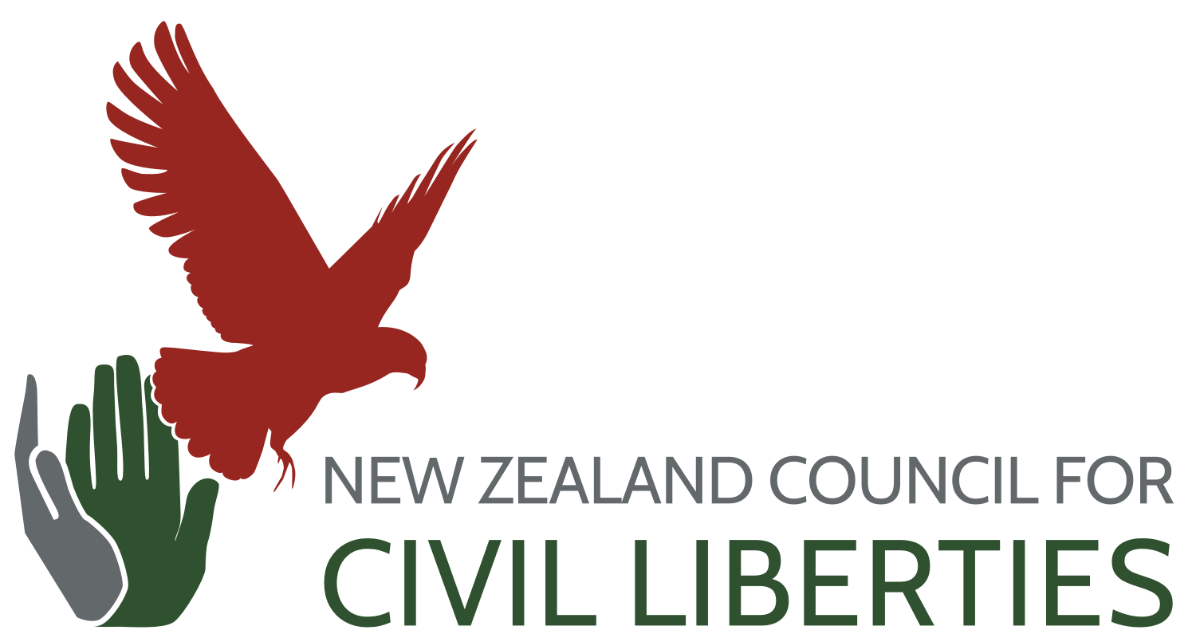Guest post: The Police Arms Race
Guest post by Michael Bott
The routine arming of police carries obvious dangers. There is a proud tradition in New Zealand of policing by consent, not by force, policing with the support and the co-operation of the public. The arming of Police puts a distance between the public and Police. The fact that every officer carries on his or her person a device to inflict lethal force is the ultimate example of the State sanctioned threat of force to effect control. This represents a change in culture that could ultimately distance Police from co-operation with the public.
There is the logic of the Arms Race about O’Connor’s argument. Police need guns because the other side may have them, and if all Police have them, Police and society will be safer. This sounds like the reasoning of escalation between the Americans and the Soviets that drove the Arms Race. With respect the more guns there are in society the greater the likelihood that they will be used.
The other point is that when a gun is fired even if the bullet hits the target it may travel out of the target and beyond, further what happens if the officer misses? This happened in Auckland last year and Halatau Naitoko an innocent courier driver was killed. He left behind grieving parents, a grieving partner and a young child who will only have faint memories of her father if she’s lucky. With the greater availability of guns for Police the risk of innocent people being caught in cross fire will increase. The officer who shot Mr. Naitoko was reported as having the offender in his scope, but when he pulled the trigger it was Mr. Naitoko who was shot in the chest. Also worrying was that another officer fired a round with his glock pistol in the direction of the offender from 40m away. It was luck that more people were not killed.
The Police Commissioner Howard Broad writing in Police magazine Ten-One last year observed. “We also have to ask how many officers’ lives might have been saved if they were carrying a hand gun. I can think of one – I can also think of two instances where the officer was beaten to death with his own baton.” This is a valid point, what if an officer is “jumped” and his or her weapon is taken? With more guns on hips this scenario becomes increasingly likely. Further most offenders who use a firearm use a rifle or shotgun. A pistol is no match for one of those. In the truly sad case of Len Snee and Hawkes Bay gunman Jan Molenaar, Mr. Snee did not have a show, armed or unarmed. He was taken by surprise and shot at close range by a rifle.
What of the tricky situation, where you have a mentally unstable person smashing windows with a golf club in the early hours of the morning? If the officer on the scene has a gun rather than withdrawing and containing there is an increasing likelihood that the officer will confront the person and use the weapon. Commissioner Broad appears to agree, “So our strategies rely on officers’ good judgment. They are trained to identify risk and if they encounter an armed situation, to withdraw, cordon and contain until appropriately armed officers can be deployed. If the situation is equivocal, they have arms at ready resort with which to equip themselves. This tactic has worked very well for over 40 years.”
In my youth local Police were stationed in areas for years and knew the community they were part of and were seen as part of the communities they served to protect. If someone was unhinged a calming word and de-escalation was usually the chosen tactic. In our new culture of zero tolerance, tact and diplomacy appear to be placed in a “lock-box” as pepper-spray, Tasers, and now pistols appear to be weapons that are increasingly considered as a first resort. When guns become more common so will their use and I doubt if society will be any safer.
